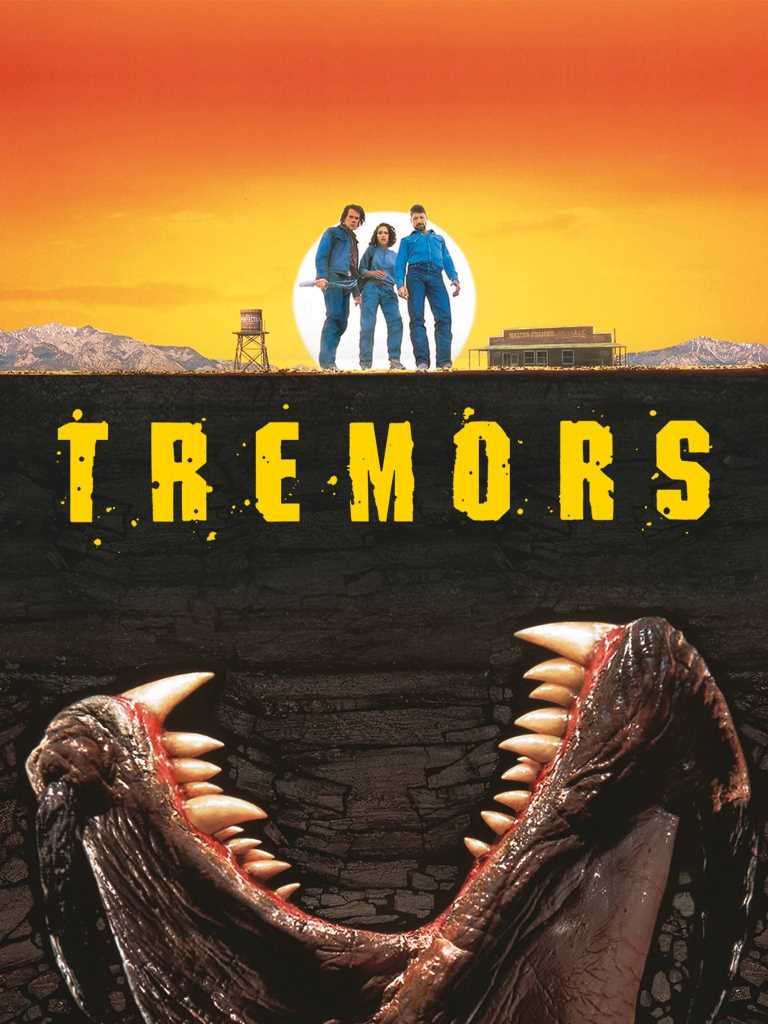 If you’ve seen the 1990 film Tremors, you have insight into this month’s feature cryptid. The Graboid, the fictional sandworm that tears everything apart in Tremors and its many sequels, is based on the infamous Mongolian Death Worm–not to be confused with Mongolian Death Worm, the metal band. Unlike the the Graboid and the Mongolian Death Worm band, though, not a single person in the world can confirm the existence of the cryptid Mongolian Death Worm. No, it is the stuff of legends.
If you’ve seen the 1990 film Tremors, you have insight into this month’s feature cryptid. The Graboid, the fictional sandworm that tears everything apart in Tremors and its many sequels, is based on the infamous Mongolian Death Worm–not to be confused with Mongolian Death Worm, the metal band. Unlike the the Graboid and the Mongolian Death Worm band, though, not a single person in the world can confirm the existence of the cryptid Mongolian Death Worm. No, it is the stuff of legends.
So, what’s a Mongolian Death Worm look like? It doesn’t sound all that terrifying, unless you find a five-foot-long, bright red sausage terrifying. That said, the venomous and corrosive saliva and the deadly electric shocks do make it feel a little less silly, as do the razor-sharp spikes that poke out of each of the sausage. It is also depicted now and then with a gaping maw filled with sharp, inward-pointing teeth. These giant crimson worms lie in wait beneath the sand, waiting for the stray camel, rodent, or human to come upon its hidey hole.
Allegedly found only in the southern Gobi Desert in Mongolia, local nomadic tribes refer to the Mongolian Death Worm as allghoi khorkhoi, which apparently means “intestine worm.” Some say the name came about because of the Mongolian Death Worm’s resemblance to cow intestines, and some say it’s because they lay their eggs in the intestines of a camel and get all bloody as a result.

Again, there’s never been a confirmed sighting of the Mongolian Death Worm, despite a ton of expeditions and investigations. Interestingly, the same year Tremors came out, Czeck cryptozoologist Ivan Mackerle took a trip to Mongolia to seek out the worm. Apparently it didn’t go too well–Mongolians aren’t crazy about talking about it, and there was even a temporary ban on searching for the worm levied by the government. Mackerle’s book Mongolské záhady (Mongolian Mystery) declares that while he never did find it, it’s possible the Mongolian Death Worm could be real; British biologist Dr. Karl Shuker agrees, noting that it could be the carnivorous amphisbaenid, a limbless lizard that burrows in warm climates. There’s also speculation in other corners that the Mongolian Death Worm could be a death adder, a member of the cobra snake family typically found in Australia and New Guinea (they kind of look alike, and both can spit venom). Neither of those is bright red, though. Alas.
In A Misfortune of Lake Monsters, the real lake monster (as opposed to the fake lake monster, Old Lucy) gets compared to a lot of things–an alligator, an otter, and even an elephant. I’ll leave it to you to read and figure out why.

